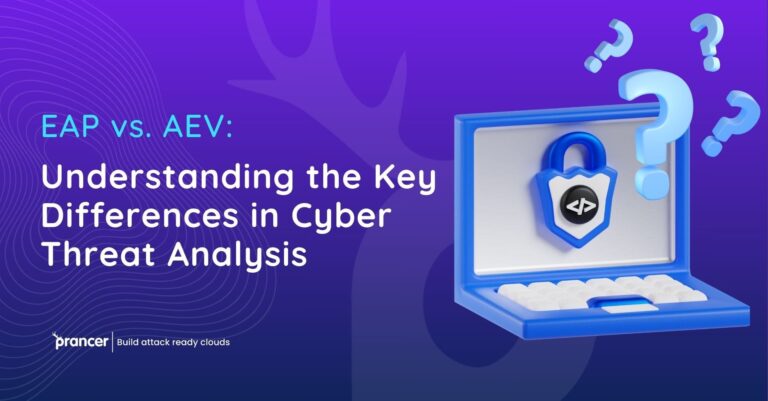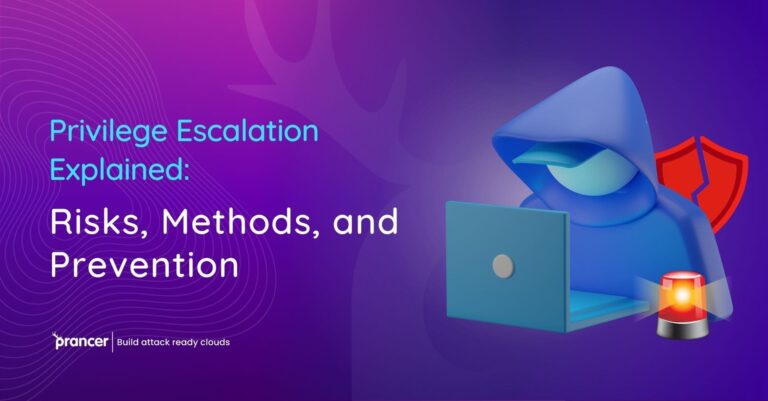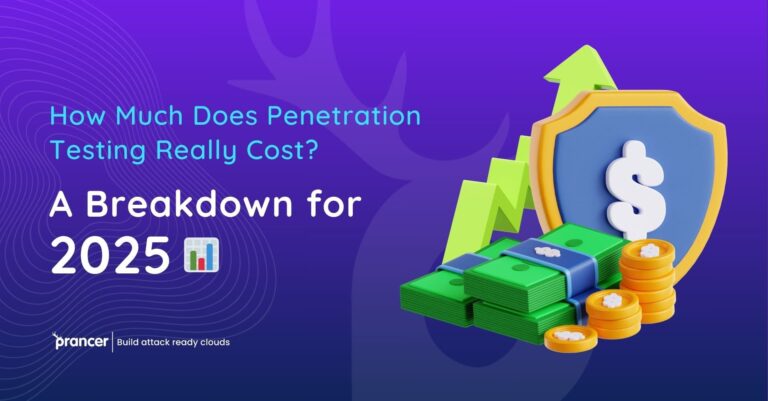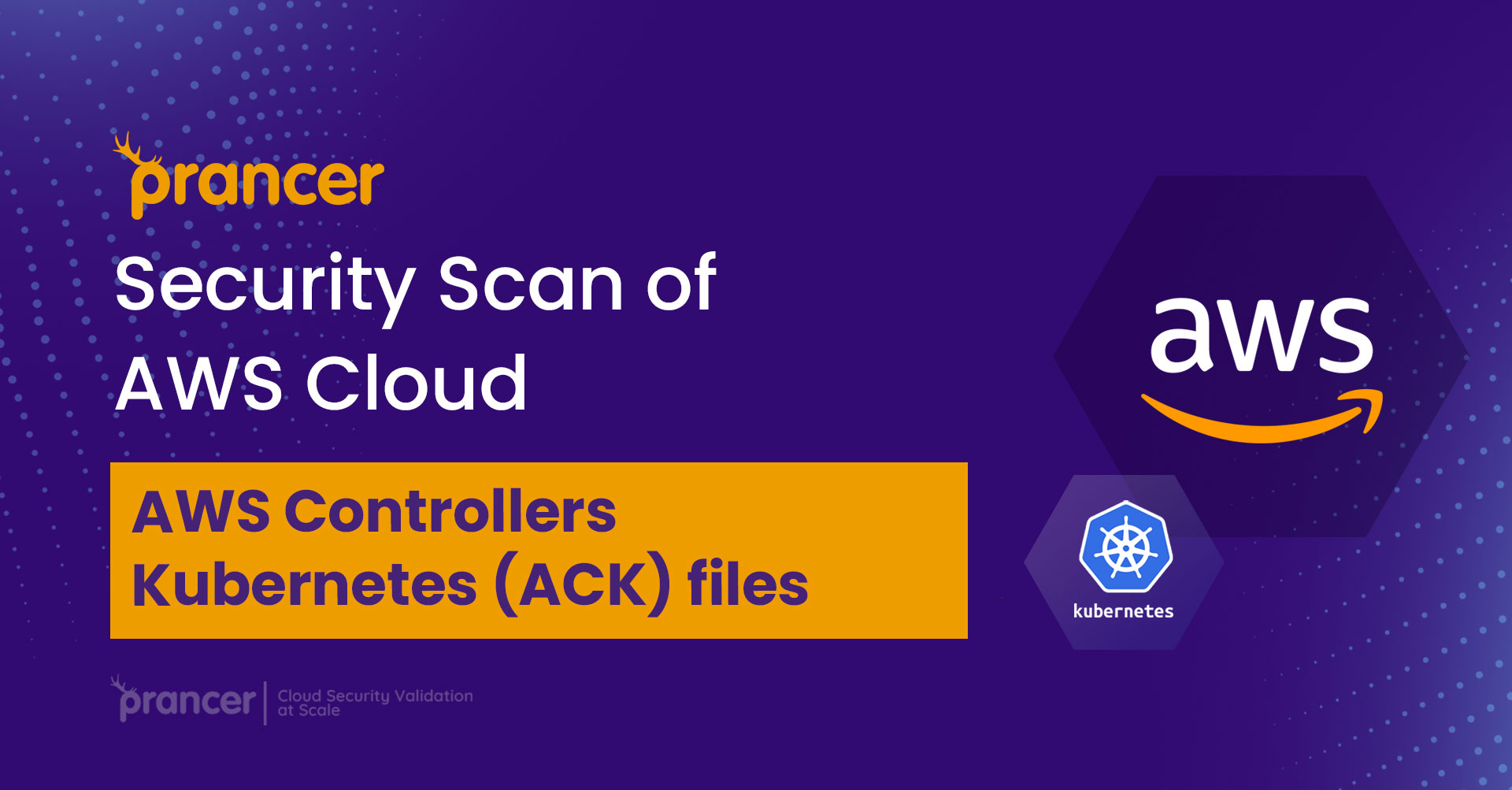




San Diego, CA – July 1st 2021 – Prancer Enterprise is announcing a new feature in its Shift-Left suite of security tools. With the latest version, Prancer supports Static Code Analysis of the AWS Controllers for Kubernetes (ACK) to understand the cloud security misconfigurations. Prancer Platform is committed to the Shift-Left mindset and empowers developers to security scan their Infrastructure as Code (IaC) before deploying it to the cloud environments. With this new release, Prancer platform can crawl the repositories and security scan AWS Controllers for Kubernetes (ACK) YAML files.
Prancer Enterprise is the only company to provide automated security scan capability for AWS Controllers for Kubernetes (ACK). With ACK capabilities, you can manage AWS resources as Kubernetes resources. AWS Controllers for Kubernetes (ACK) enables a single consistent place to provision and configure your entire application without switching between multiple tools and conventions.
https://github.com/aws-controllers-k8s/community
The AWS Controllers for Kubernetes (ACK) is a new tool that lets you define and use AWS service resources directly from Kubernetes. With ACK, you can take advantage of AWS managed services for your Kubernetes applications without needing to define resources outside of the cluster or run services that provide supporting capabilities like databases or message queues within the cluster.
Prancer Enterprise has provided The AWS Controllers for Kubernetes (ACK) compliance policies based on Open Policy Agent (OPA) Rego language. All the compliance policies can be found in Prancer’s GitHub account:
https://github.com/prancer-io/prancer-compliance-test
About Prancer
Prancer Enterprise (https://www.prancer.io) provides a pre-deployment and post-deployment multi-cloud security platform for Infrastructure as Code (IaC) and live cloud environments. It shifts the security to the left and provides end-to-end security scanning based on the Policy as Code concept. DevOps engineers can use it for static code analysis on IaC to find security drifts and maintain their cloud security posture with continuous compliance features.
